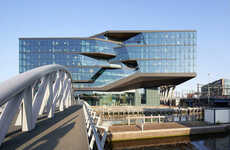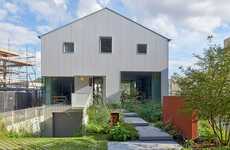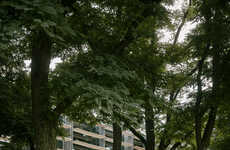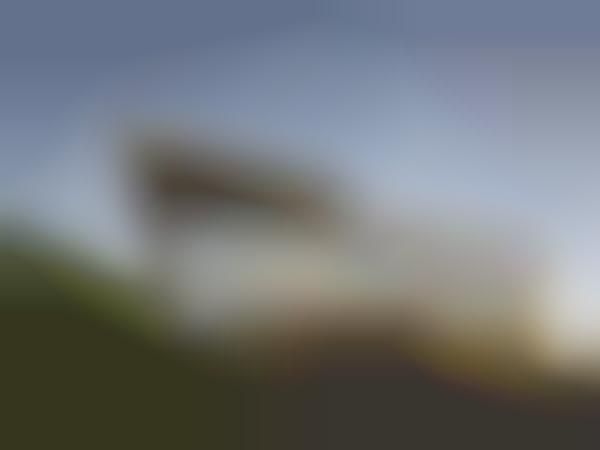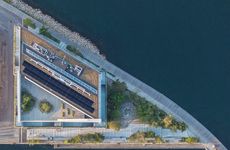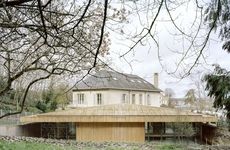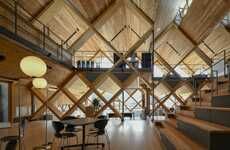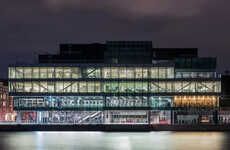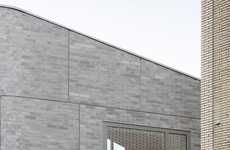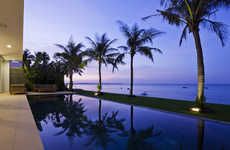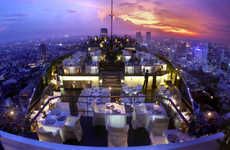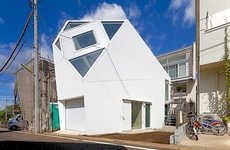
The Rijkswaterstaat Head Office Reflects the Brand's Identity
Christopher DeLuca — June 4, 2011 — Art & Design
References: 24h-architecture & archdaily
The Rijkswaterstaat Head Office, designed by 24H Architecture, plays with different faces that reflect the brand's identity. The building is pushing sustainable design practice forward with its innovations.
The Rijkswaterstaat Head Office, located in the Netherlands, is stunning in its ability to integrate three completely divergent concepts into one cohesive structure. On the side facing the highway, the architects created a large wall to block out noise, where greenery will grow. Another side has wood beams that encourage a sense of openness. The building's primary entrance employs the use of a lot of glass.
The Rijkswaterstaat Head Office brilliantly melds together different concepts to create one very unique building. This type of design solution is anything but cookie-cutter and is unlikely to be reused for other, more typical office buildings.
The Rijkswaterstaat Head Office, located in the Netherlands, is stunning in its ability to integrate three completely divergent concepts into one cohesive structure. On the side facing the highway, the architects created a large wall to block out noise, where greenery will grow. Another side has wood beams that encourage a sense of openness. The building's primary entrance employs the use of a lot of glass.
The Rijkswaterstaat Head Office brilliantly melds together different concepts to create one very unique building. This type of design solution is anything but cookie-cutter and is unlikely to be reused for other, more typical office buildings.
Trend Themes
1. Integration of Divergent Concepts - Exploring the fusion of contrasting elements to create innovative and unique designs.
2. Sustainable Design Practices - Advancing environmentally-friendly and energy-efficient solutions in architectural designs.
3. Interactive Building Exteriors - Incorporating dynamic elements and greenery to engage with the surrounding environment.
Industry Implications
1. Architecture and Design - Opportunities for architects to pioneer new approaches in integrating different concepts and sustainable design practices.
2. Construction - Demand for construction companies to implement sustainable design solutions and create interactive building exteriors.
3. Environmental Conservation and Urban Planning - Collaboration between urban planners and architects to create sustainable buildings that enhance the overall environment and aesthetics of the city.
5.2
Score
Popularity
Activity
Freshness


